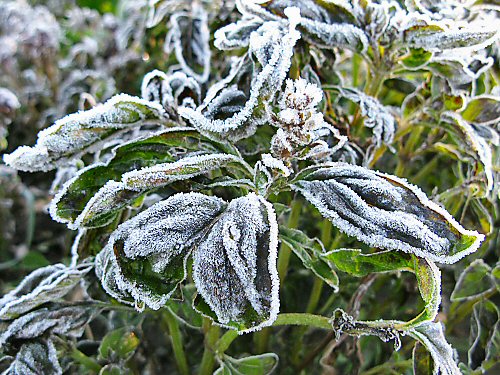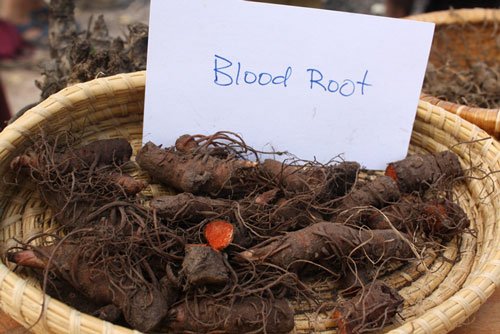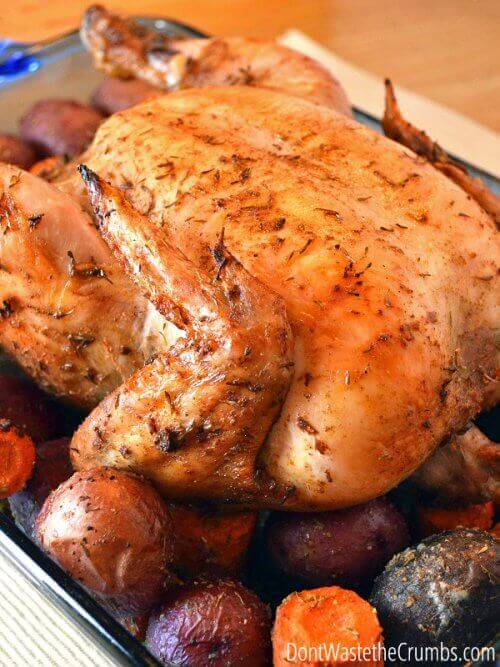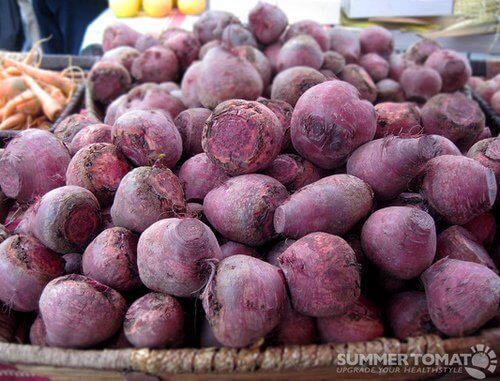Gardening with Herbs 101: Harvesting Your Herbs
Written by Meg Dickey, Contributing Writer
Our weather may not be showing signs of Autumn, but our plants and gardens are certainly indicating it is time for harvesting!
If you have been consistently using your herbs throughout the summer, you may not feel you have many to preserve for the winter season (my catnip has been well-used this year, and I won’t be saving hardly any!). However, you certainly don’t want to wait until the first freeze to start harvesting your herbs!

You can begin harvesting your herbs for daily use when the plant has enough foliage to ensure continued growth. Successive harvests throughout the seasons encourage bushy plants with stronger leaf growth. Plan to cut your plants back at least once during the growing season.
Harvest in the morning, after the dew dries, but before the temperatures begin to climb. This is when the essential oils of the plant are at their strongest, and therefore their most effective.
Herbs produce their highest oil concentration and flavor after the flower buds appear, but before they open. Harvest at this time for most uses. Blooming plants such basil and oregano are still suitable for other uses, which we’ll talk about next time.
Harvest annual herbs until frost, making as many successive harvests as possible without damaging the plant. Don’t cut too near the ground, as this will retard future growth. At the end of the season, harvest the entire plant.
Harvest perennial herbs until about one month before the frost date. Late pruning encourages tender growth that will be killed off by the frost, and plants need the regrowth to see them trough the winter.

Harvest tarragon or lavender flowers in early summer, then cut the plants to half their height to encourage fall flowering.

Harvest herb seeds (mustard, fennel) as the seed pods darken and dry, but before they burst. Secure a paper bag over the seed head to complete ripening, then cut the stem and hang the bag for further drying.

Harvest herb roots (bloodroot, ginseng, chicory, goldenseal, horseradish, Oregon grape) after the foliage fades.





I am harvesting basil, mint, rosemary, parsley, lemon-grass, thyme, chives, lemon balm, lavender and stevia.
The basil will become pesto, and I’ll freeze it in little glass jars. The mint, lemon balm, and stevia will be dehydrated for loose leaf tea. The rosemary and mint will be moved indoors for winter. I plan on chopping the parsley and freezing it in ice cube trays to add to soups this winter.
I don’t know what to do with the lemon-grass, thyme, and lavender. I want to preserve the lemon grass (preferably frozen?) for soup. The thyme is for soup too, what is the best way to preserve that? And the lavender is all done blooming. I had cut it back as you advised, but only got 2 flower stalks off of it for fall.
@Amy (One Day Closer), We’ll be covering the “how to” for preservation next week, so make sure to come back and see my favorite methods. 🙂
@Amy (One Day Closer), Hi Amy.. I like freezing pesto in ice cube trays to pop into sauce or minestrone… works great.
What do you mean by “enough foliage to ensure continued growth”?
@Ashleigh, I think she means that you aren’t stripping the plant of too many of its leaves. From what I have read before, when you harvest something like a herb (where you are taking leaves, not just fruit or vegetables) you need to leave at least 1/3 of the leaves so that the plant can continue to be healthy and keep growing.